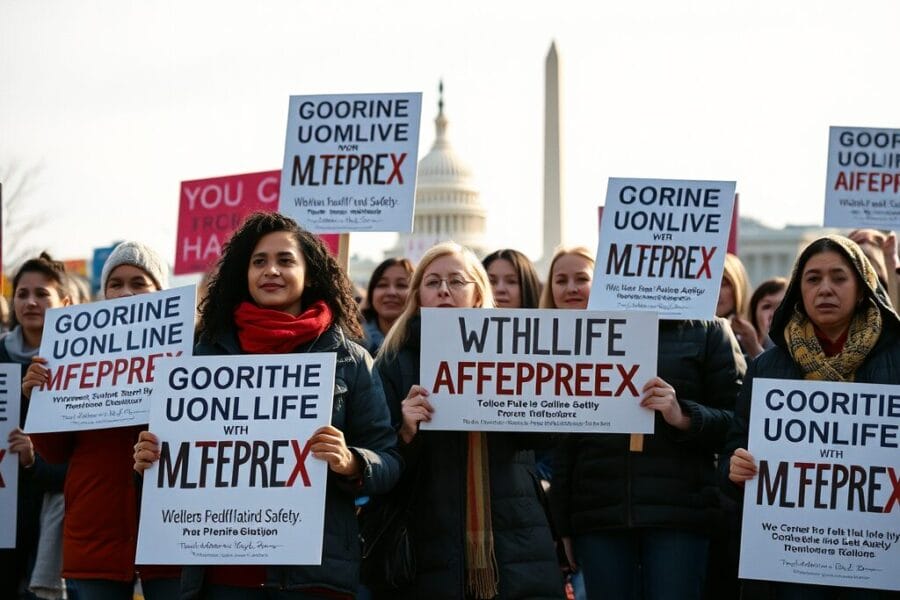By Deanna Wallace
Originally published in The Washington Examiner on June 4, 2017.
Over the past week, Planned Parenthood and their allies have been lamenting the fact that Planned Parenthood of the Heartland will be closing four clinics in Iowa, blaming the closures on an appropriations bill signed by Governor Terry Branstad, which defunds the abortion provider. Planned Parenthood supporters are citing Iowa as an example of the horrors women would face getting health care if national defunding efforts are successful. But the reality is that Planned Parenthood of the Heartland’s history shows exactly why Planned Parenthood should be defunded everywhere.
In 2012, Planned Parenthood of the Heartland had a total of 37 clinics across four states; the majority of these clinics were in Iowa, where they had 26 clinics. Between 2012 and 2015, however, Planned Parenthood of the Heartland voluntarily closed half of their overall clinics, including half of their clinics in Iowa. Planned Parenthood of the Heartland not only received stable government funding during this period, but according to Planned Parenthood of the Heartland’s own annual reports, their government funding actually increased 16 percent over the three-year period.
But there’s more. Following a national Planned Parenthood trend, as Planned Parenthood of the Heartland gained more taxpayer funding, they dramatically reducedtheir non-abortion health care services. According to Planned Parenthood of the Heartland’s reports, between 2012 and 2015, the number of breast exams decreased by 69 percent; the number of pap smears performed decreased by 56; and their total patients served decreased by 37 percent. Meanwhile, despite closing half of their clinics, the percentage of total patients at Planned Parenthood of the Heartland clinics who were there for abortions grew from 9 percent in 2012 to 11 percent in 2015.
Nor are these figures isolated to Iowa. Planned Parenthood’s newly released annual report shows a similar decrease in non-abortion services nationwide. Since 2006, when Cecile Richards became the leader of Planned Parenthood the number of clinics, patients, and healthcare services have been dramatically reduced, while abortions, revenues, and government funding have all increased:
• There has been a 22.5 percent decrease in the number of patients served;
• Cancer screening and prevention services have fallen 66 percent;
• Breast exams have decreased by 63.5 percent;
• Total services provided by Planned Parenthood have fallen by 6 percent;
• Abortions have gone up 13 percent;
• Federal funding for Planned Parenthood has increased by 64.7 percent;
• Planned Parenthood’s total revenues have increased 33 percent;
These figures, both on the state and national level, raise an important question. Why should taxpayers continue to fund an abortion business that is providing fewer and fewer other services to fewer and fewer patients, while closing clinics, despite increases to their government funding?
The situation in Iowa also undermines the claim that women need Planned Parenthood in order to have access to health care. For instance, representatives from Planned Parenthood of the Heartland claim that closing these four clinics will result in 14,676 patients losing access to care, conveniently leaving out that this number is the total over three years. Some simple division reveals that these four clinics see only about 4,892 patients per year, or 1,223 patients per clinic. That means for each of the 260 regular business days in a calendar year, the four clinics saw about five patients each. That’s not exactly such an overwhelming caseload that it cannot be accommodated by Iowa’s 231 community health centers, which can provide low cost, comprehensive healthcare these patients.
Once again, Iowa reflects the national statistics — Planned Parenthood clinics are outnumbered by these community health centers 20 to 1, with more than 13,000 clinics nationwide that serve more than 21 million men, women, and children.
When you combine the alarming statistics on Planned Parenthood’s declining non-abortion services with the sheer number of available alternative providers to serve low-income and medically underserved communities, diverting Planned Parenthood’s half a billion dollars in annual government funding to these comprehensive health clinics is clearly a more fiscally responsible use of our taxpayer dollars.




